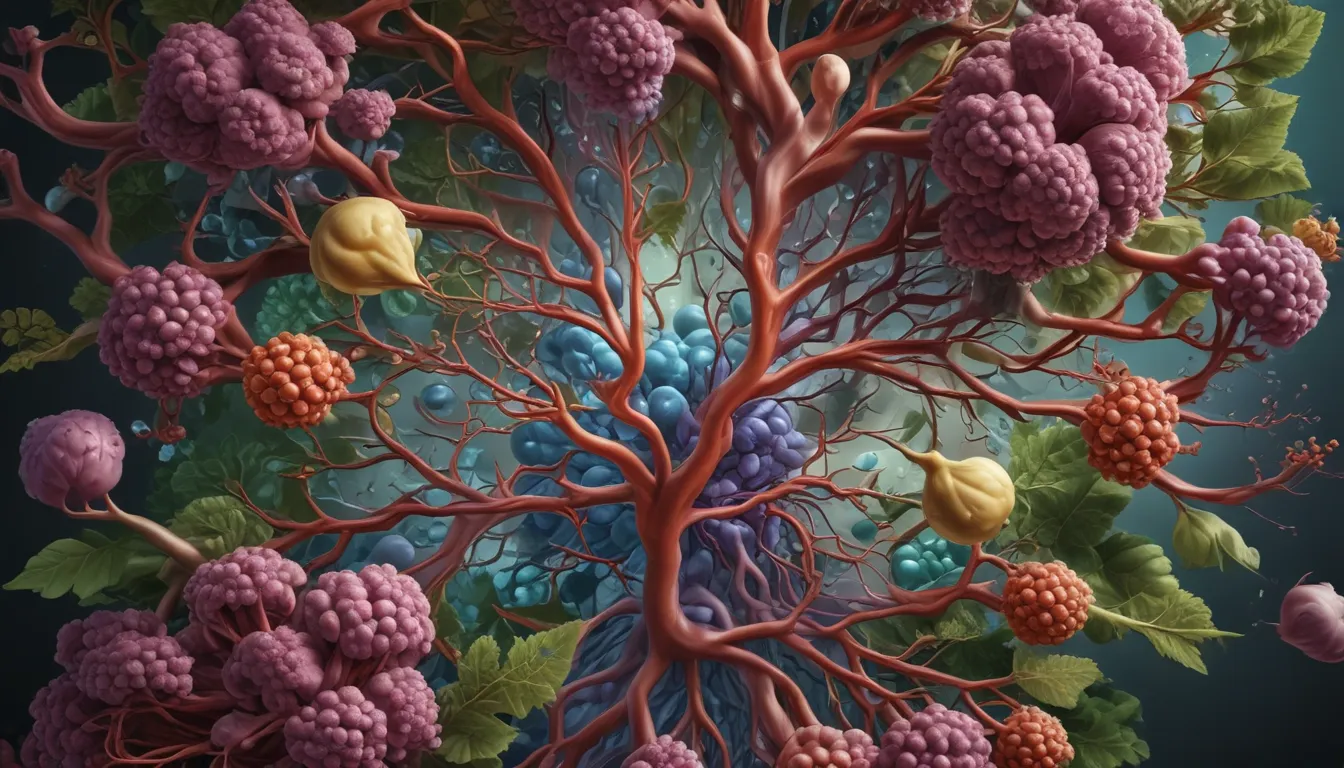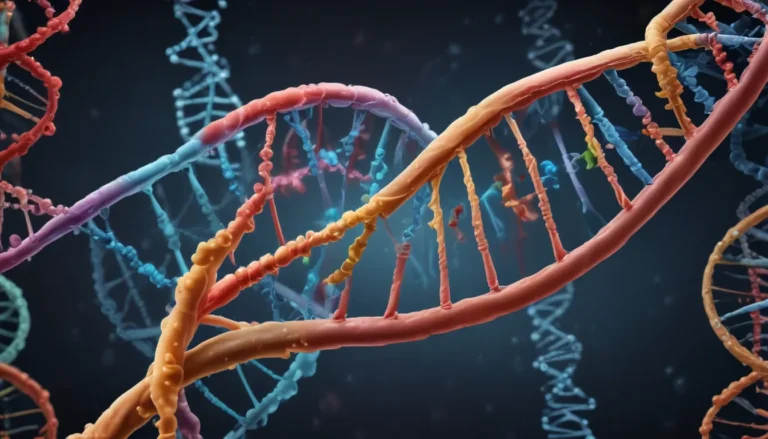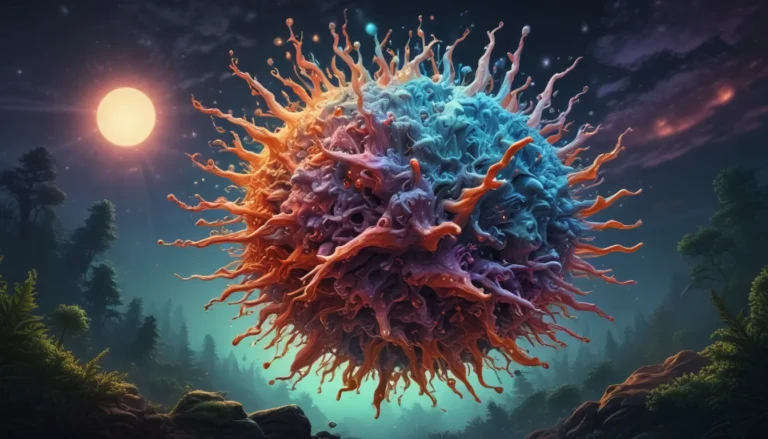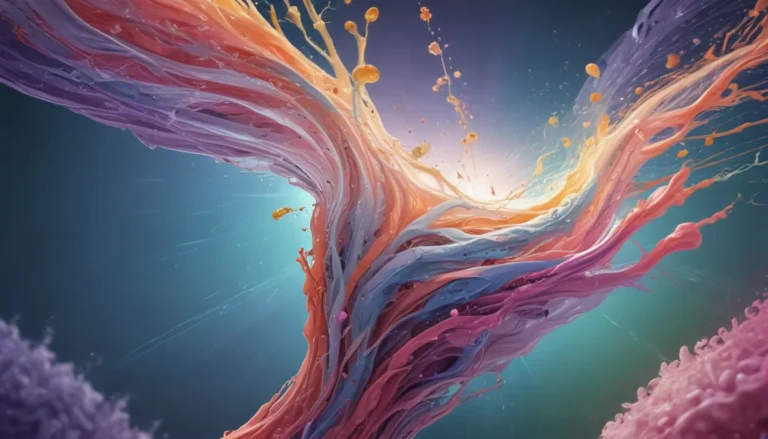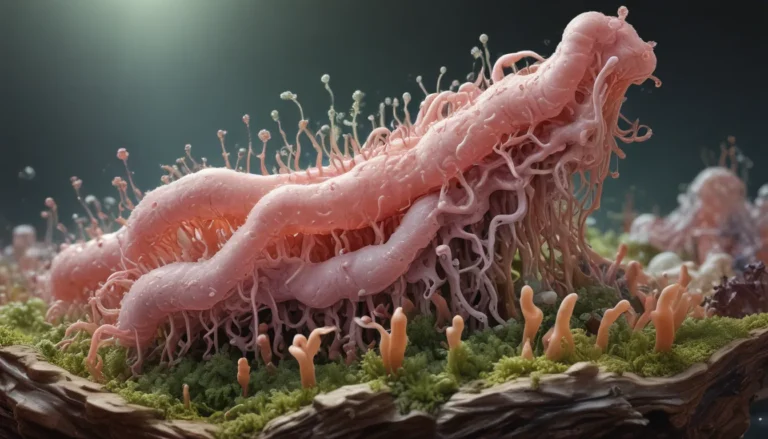A Note About Images: The images used in our articles are for illustration purposes only and may not exactly match the content. They are meant to engage readers, but the text should be relied upon for accurate information.
Are you ready to embark on a journey into the fascinating world of Fadh2? This superhero molecule plays a vital role in our cells, fueling energy production and powering our bodies to keep us going. Think of Fadh2 as a dedicated delivery person, transporting high-energy electrons and protons to create ATP, the powerhouse of the cell. Without enough Fadh2, our bodies may struggle to break down fats and generate energy, leading to potential metabolic disorders and health issues. Let’s delve into the captivating realm of Fadh2 and uncover its remarkable contributions to cellular respiration.
Understanding Fadh2: The Backbone of Cellular Respiration
At the core of cellular respiration lies Fadh2, also known as Flavin Adenine Dinucleotide (reduced form), a crucial player in the electron transport chain. This mighty molecule serves as a key component in the process of converting nutrients into usable energy within our cells.
The Electrifying Role of Fadh2 in Energy Production
Imagine Fadh2 as a conductor orchestrating a symphony of electrons in the electron transport chain. Its primary function is to transfer high-energy electrons to this chain, a fundamental process that takes place in the inner mitochondrial membrane.
The Krebs Cycle: Where Fadh2 Shines Bright
Step into the metabolic dance known as the Krebs cycle, or citric acid cycle, where Fadh2 is crafted through the oxidation of succinate by the enzyme succinate dehydrogenase. This pivotal step sets the stage for Fadh2 to play its crucial role in ATP synthesis.
Fadh2: The Trusted Carrier of Electrons and Protons
As Fadh2 shuttles electrons to the electron transport chain, it also carries protons across the mitochondrial membrane, contributing to the creation of a proton gradient essential for energy production.
Energizing Cells with Fadh2: The Power of ATP Synthesis
The transfer of electrons by Fadh2 culminates in the generation of ATP, the primary energy currency utilized by cells to fuel a myriad of biological processes. This intricate dance of electron transfers lays the foundation for cellular energy production.
Regeneration and Metabolism: Fadh2’s Multifaceted Role
Post-electron transfer, Fadh2 undergoes regeneration back to its oxidized form, Flavin Adenine Dinucleotide (FAD), by the enzyme complex succinate dehydrogenase. This cycle of regeneration is crucial for sustaining a continuous supply of energy within our cells.
Fadh2: A Player in Lipid Metabolism and Beyond
Beyond its role in energy production, Fadh2 also participates in fatty acid oxidation, a key process essential for breaking down fats and generating energy. This versatile molecule showcases its significance in multiple metabolic pathways.
The Consequences of Fadh2 Deficiency: A Tale of Metabolic Disorders
Genetic mutations impacting Fadh2 production or function can lead to metabolic disorders like multiple acyl-CoA dehydrogenase deficiency (MADD) and glutaric acidemia type II. These conditions underscore the critical role Fadh2 plays in maintaining metabolic balance.
The Universality of Fadh2: From Plants to Animals
Fadh2 is not confined to a specific organism; it exists in both plant and animal cells, contributing to the energy production processes of diverse organisms. This universal presence underscores the importance of Fadh2 in sustaining life across various biological systems.
Exploring Beyond Fadh2: Frequently Asked Questions
-
What is FADH2, and why is it important?
FADH2, or Flavin Adenine Dinucleotide (reduced form), is a critical player in cellular respiration, acting as an electron carrier in the electron transport chain. -
How is FADH2 produced?
FADH2 is generated during the Krebs cycle, where it aids in the production of NADH and ATP. -
What role does FADH2 play in energy production?
FADH2 contributes to ATP production, the primary energy molecule utilized by cells. -
Is FADH2 a vitamin?
No, FADH2 is derived from vitamin B2, also known as riboflavin, serving as a coenzyme essential for cellular energy production. -
How does FADH2 contribute to redox reactions?
FADH2 participates in redox reactions by accepting and donating electrons, facilitating energy transfer within cellular processes. -
Can FADH2 be regenerated by enzymes?
Yes, enzymes play a crucial role in regenerating the FADH2 necessary for metabolic pathways. -
What happens to FADH2 during cellular respiration?
FADH2 ultimately transfers its electrons to oxygen, leading to the formation of water in the electron transport chain. -
Can a deficiency of FADH2 impact cellular health?
Yes, a deficiency in FADH2 can disrupt cellular processes, potentially affecting overall health and metabolic balance. -
Are there any dietary sources of FADH2?
FADH2 is derived from vitamin B2, found in various food sources such as dairy products, eggs, meat, and green leafy vegetables.
Embark on an Educational Journey of Biochemical Marvels
Join us as we unravel the intricate mysteries of Fadh2 and its pivotal role in cellular respiration. From the bustling Krebs cycle to the elegant electron transport chain, Fadh2 illuminates the path to understanding cellular energy production. Let your curiosity guide you through an exploration of biochemistry’s extraordinary facts, from enzymes to metabolic pathways, and discover the underlying mechanisms that keep our bodies running smoothly.
Your Feedback Matters
Your engagement and feedback drive us forward in our mission to deliver accurate, engaging, and reliable content. Each fact shared on our platform is a testament to the collaborative efforts of our users, ensuring a diverse range of insights and information. Trust in our commitment to quality and authenticity as you delve into the realm of biochemical wonders with us.
